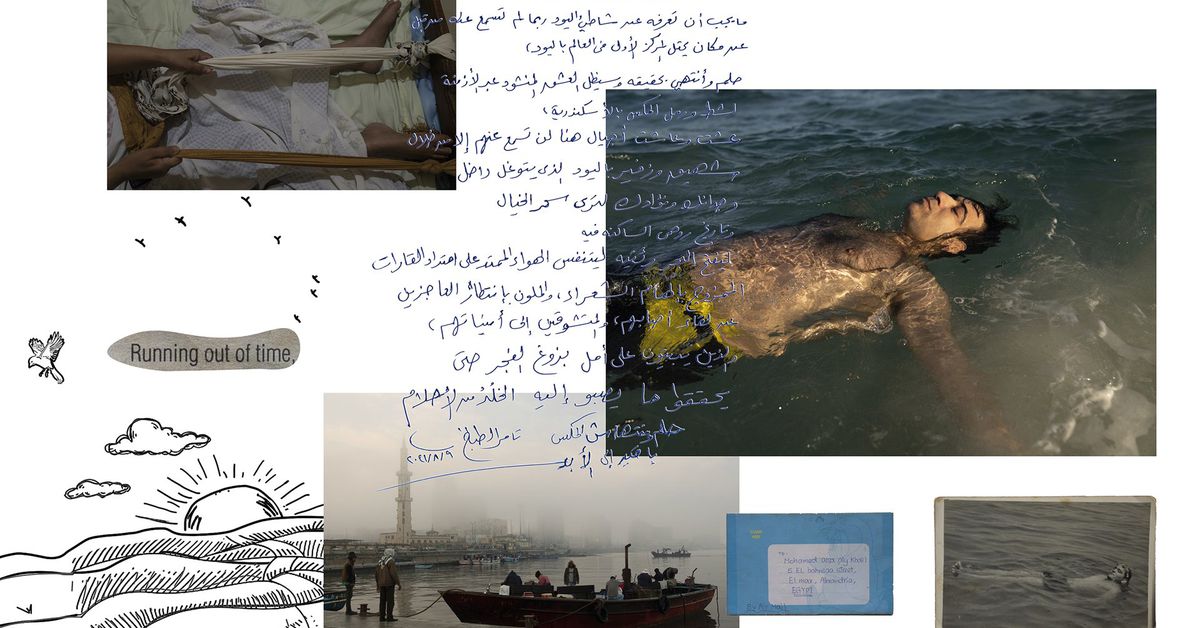Defining what constitutes a portrait in contemporary times poses a significant challenge, especially for a prominent photography enterprise.
The World Press Photo Contest has recently revised its entry regulations to exclude submissions featuring AI-generated images. This decision came shortly after the announcement that abstract images could be submitted in the Open Format category. Initially, the World Press Photo Foundation indicated its acceptance of AI-generated submissions, sparking immediate criticism from photojournalists. They argued that allowing intentionally crafted images in a competition meant for documenting real-world events was contradictory to the principles of the industry.
Following the backlash, the foundation retracted its initial stance on AI submissions and updated the competition guidelines to disallow AI-generated images in the Open Format category. In response to the feedback received, the World Press Photo Foundation stated, “Thanks to the fair and thoughtful comments over the past days, we have decided to change the rules for the Open Format category in our competition to exclude AI-generated images.” This adjustment aligns the rules for the Open Format category with existing restrictions in other categories such as Singles, Stories, and Long-Term Projects.
It’s important to note that AI-generated images have never been eligible for submission to the prestigious World Press Photo of the Year competition.
Furthermore, the rules regarding photo manipulation have been refined to provide clarity on what qualifies as an AI-edited image. Minor enhancements like noise reduction, automatic adjustments (e.g., in exposure, colors, contrast), and object selection are deemed acceptable examples of AI editing tools. However, the use of AI models that introduce new elements to enhance images, such as Adobe Super Resolution and Topaz Photo AI, is explicitly prohibited.
In an effort to navigate the evolving landscape of photography in the AI era, the World Press Photo Foundation, in collaboration with photojournalism institutions and industry experts, has established a set of ethical standards. These standards aim to ensure that images represent a truthful and accurate depiction of reality, devoid of manipulative practices.
With the increasing integration of AI technology in photography tools and software, it is understandable why the World Press Photo Foundation is refining its submission criteria. Popular applications like Adobe Photoshop and Lightroom offer AI-powered features to streamline editing processes for photographers. Additionally, AI capabilities are prevalent in smartphone camera technologies, as seen in Google’s Magic Editor and Best Get functions on devices like the Pixel8.
The World Press Photo Foundation’s efforts to establish clear guidelines on permissible AI manipulation in photography reflect a broader industry trend towards embracing AI innovations while upholding the integrity of authentic visual storytelling.






